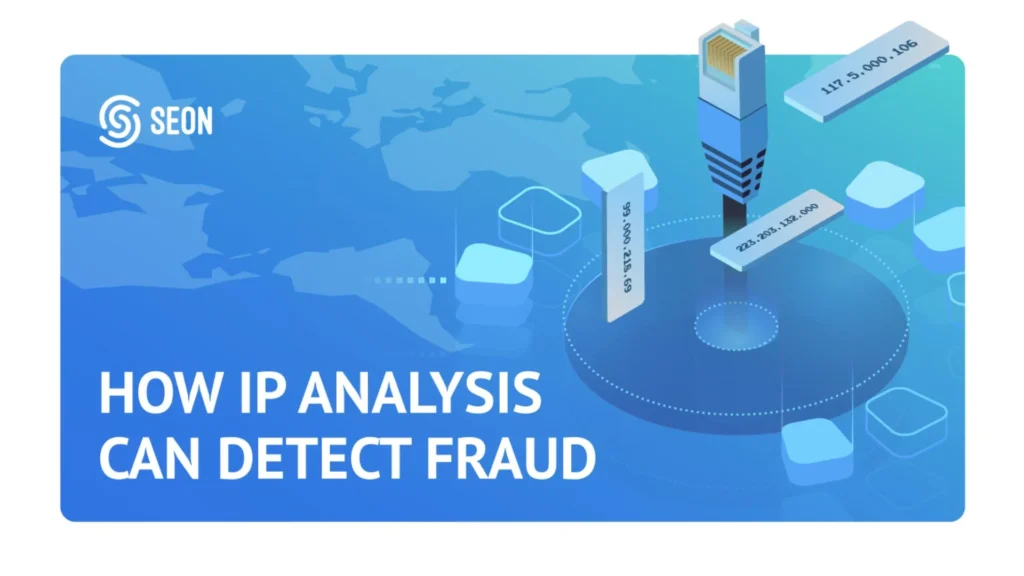In the digital age, the demand for reliable and secure internet connectivity has never been higher. One popular solution that businesses and individuals often turn to is the use of static IP services. A static IP address is a unique numerical label assigned to a device or network, which remains constant and does not change over time. This is in contrast to dynamic IP addresses, which are assigned temporarily and can change with each new connection.
While static IP services offer numerous benefits, such as improved accessibility, better security, and enhanced server configuration, they also come with inherent risks
, particularly in the realm of fraud
. Understanding these risks is crucial for individuals and businesses that rely on static IP services to ensure they can effectively mitigate potential threats and safeguard their operations.
The Vulnerability of Static IP Services
One of the primary vulnerabilities associated with static IP services is their susceptibility to targeted attacks. Because a static IP address remains constant, it can be easily identified and tracked by malicious actors. This makes it a prime target for a variety of fraud-related activities, including:
- IP Spoofing: Criminals may attempt to impersonate a legitimate static IP address to gain unauthorized access to systems, networks, or services. This can be used to bypass security measures, steal sensitive information, or launch further attacks.
- Distributed Denial of Service (DDoS) Attacks: Attackers may target a static IP address with a DDoS attack
, overwhelming the system with a high volume of traffic to disrupt or deny legitimate access to the service. - Brute-Force Attacks: Malicious actors can use automated tools to systematically try various login credentials or attack vectors against a known static IP address, increasing the risk of successful unauthorized access.
- Exploiting Vulnerabilities: Attackers may research and identify vulnerabilities or misconfigurations associated with the services or devices using a static IP address
, and then attempt to exploit these weaknesses to gain a foothold in the system.
The Financial Implications of Static IP Fraud
The financial risks associated with static IP fraud can be significant and far-reaching. Depending on the nature and scale of the fraudulent activity, the consequences can include:
- Direct Financial Losses: Successful attacks on static IP services can result in the theft of funds, the misappropriation of resources, or the disruption of critical business operations,
leading to direct financial losses. - Reputational Damage: When a business or individual falls victim to static IP fraud, the resulting reputational damage can be detrimental,
undermining trust with customers, partners, and the broader public. - Regulatory Penalties and Legal Liabilities: Depending on the industry and applicable laws and regulations,
organizations may face hefty fines, legal penalties,
or even criminal charges for failing to adequately protect their static IP services and the data or systems they are connected to. - Increased Operational Costs: Dealing with the aftermath of a static IP fraud incident can be time-consuming and resource-intensive,
leading to increased operational costs for businesses as they work to investigate, mitigate, and recover from the incident.
Mitigating the Risks of Static IP Fraud
To effectively mitigate the risks associated with static IP fraud,
it is essential for individuals and businesses to implement a comprehensive security strategy that addresses the unique challenges posed by static IP services. This strategy should include the following key elements:
- Robust Access Controls: Implement strong authentication measures
, such as multi-factor authentication, to ensure that only authorized users can access the static IP services. Regularly review and update access rights to minimize the risk of unauthorized access. - Network Monitoring and Threat Detection: Deploy robust network monitoring and threat detection tools to identify and respond to any suspicious activity or
potential attacks targeting the static IP services. This may include the use of intrusion detection and prevention systems, as well as anomaly detection algorithms. - Regular Vulnerability Assessments:
Conduct regular vulnerability assessments to identify
and address any weaknesses or misconfigurations in the systems or services associated with the static IP addresses. Ensure that all software and firmware are kept up to date with the latest security patches. - Incident Response Planning: Develop and regularly test a comprehensive incident response plan to ensure that the organization is prepared to effectively respond to and recover from any static IP fraud incidents.
This plan should include clear communication protocols, backup and recovery procedures, and well-defined roles and responsibilities. - Employee Awareness and Training: Educate employees on the risks of static IP fraud and the importance of following security best practices. Provide regular training on recognizing and reporting suspicious activities, as well as implementing secure practices for managing static IP services.
- Diversification and Redundancy: Consider implementing a diversified network infrastructure that utilizes a combination of static and dynamic IP services,
as well as backup and redundancy measures,
to reduce the overall risk exposure and ensure business continuity in the event of a static IP fraud incident.
Emerging Trends and Considerations
As technology continues to evolve, the landscape of static IP fraud is also changing. It is essential for individuals and businesses to stay informed about emerging trends and consider the following factors:
- The Rise of IoT and Edge Computing: The growing adoption of Internet of Things (IoT) devices and edge computing technologies has introduced new challenges,
as these devices often rely on static IP addresses. Securing these devices and the associated static IP services is crucial to mitigate the risk of fraud. - The Increasing Sophistication of Attacks: Cybercriminals are continuously developing more sophisticated techniques and tools to target static IP services. Staying ahead of these threats requires ongoing vigilance, regular security assessments, and the implementation of cutting-edge security solutions.
- The Importance of Regulatory Compliance: Many industries are subject to strict regulations and standards related to data security and privacy.
Failure to comply with these regulations can result in significant financial and legal consequences in the event of a static IP fraud incident. - The Evolving Threat Landscape: The threat landscape is constantly evolving, with new types of attacks and fraud schemes emerging. Regularly monitoring industry trends and staying informed about the latest threats is essential for effectively managing the risks associated with static IP services.

Conclusion
Static IP services offer numerous benefits, but they also come with inherent risks
, particularly in the realm of fraud. By understanding the vulnerabilities of static IP services
, the financial implications of static IP fraud, and the strategies for mitigating these risks
, individuals and businesses can take proactive steps to safeguard their operations and protect themselves from the devastating effects of static IP fraud.
As the digital landscape continues to evolve, it is crucial for organizations to remain vigilant, adapt their security measures, and stay ahead of the ever
-changing threat landscape.
By prioritizing the security of their static IP services and implementing a comprehensive risk management strategy, they can significantly reduce the likelihood of falling victim to static IP fraud and ensure the long-term viability and success of their operations.


1 thought on “Static IP Services and Fraud Risk”